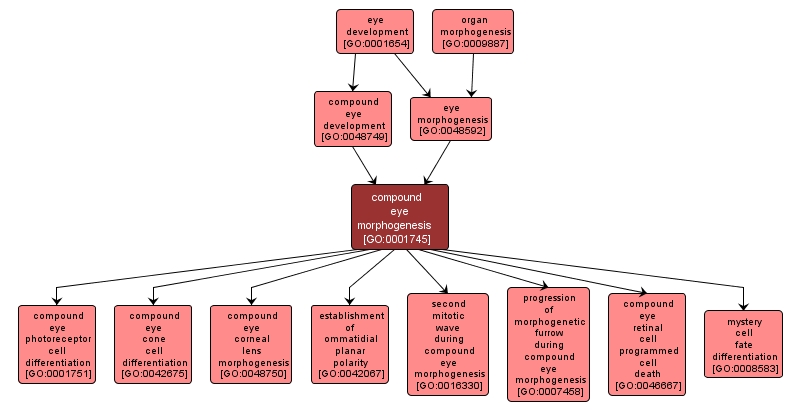| Desc: |
The process by which the anatomical structures of the compound eye are generated and organized. Morphogenesis pertains to the creation of form. The adult compound eye is a precise assembly of 700-800 ommatidia. Each ommatidium is composed of 20 cells, identified by cell type and position. An example of compound eye morphogenesis is found in Drosophila melanogaster. |














